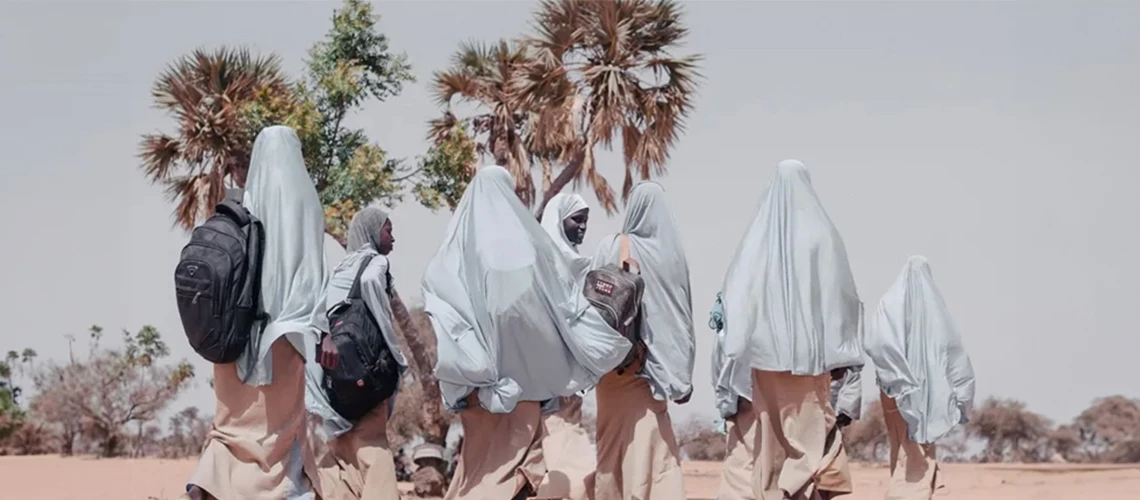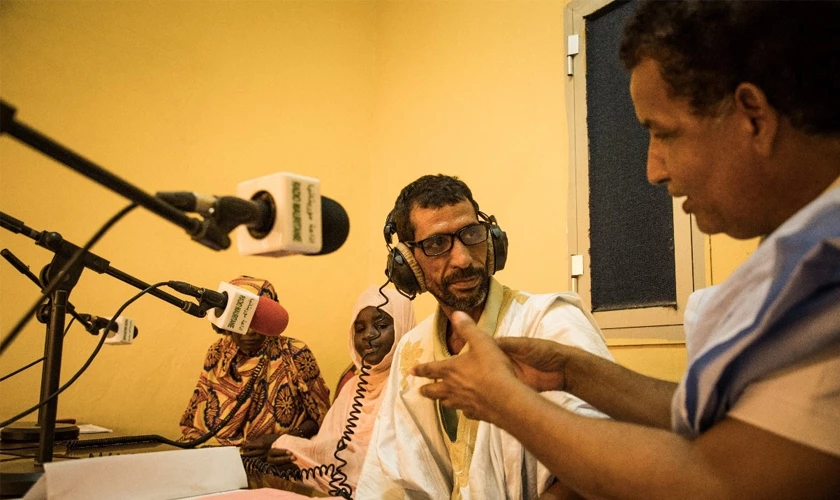 SWEDD beneficiaries
SWEDD beneficiaries
Across the Sahel, young women are key contributors to the socio-economic development of their communities and countries. Empowered with access to better health services, schooling, economic opportunities, and participation in decision-making processes, they can play an even stronger role in economic growth, poverty reduction, improved health and education, and much more.
This is what the World Bank-funded Sahel Women’s Empowerment and Demographic Dividend project (SWEDD) has helped achieve – in Benin, Burkina Faso, Cameroon, Chad, Cote d’Ivoire, Guinea, Mali, Mauritania, and Niger – since its launch in 2015. Financed through the International Development Association (IDA), the World Bank’s Fund for the poorest countries, the SWEDD aims to address the root causes of child marriage, teenage pregnancy, and early school drop-out among adolescent girls and promote young women’s economic empowerment .
SWEDD is supporting community-based clubs for adolescent girls and young women (Safe Spaces) and boys (Future Husbands’ Clubs) along with interventions to keep girls through secondary school. Other activities include improving girls’ access to high-quality reproductive and maternal health supplies and services and their participation in income-generating activities. Project data reveal that hundreds of thousands of girls, often living in remote areas, have benefited from SWEDD.
Implementation Realities and Insights
Understanding the success of large scale, regional interventions like SWEDD involves answering key questions: What happened “backstage” to enable activities to come into existence? How were project activities designed and planned? How were local communities (girls, boys, religious leaders, parents, etc.) encouraged to participate? Who chose, hired, and trained the community groups’ leaders? What challenges did field-level program staff face? And how does ongoing supervision and monitoring work in practice?
The World Bank’s SWEDD team, in partnership with UNFPA’s West and Central Africa Regional Office (WCARO), SWEDD country project implementation units, and multiple technical partners1, has led rigorous efforts to answer these questions and document lessons learned.
Top 4 Takeaways from the Experience in Burkina Faso, Chad, Côte d’Ivoire, Mali, Mauritania, and Niger.
1. Leadership Matters: Hiring and retaining appropriate Safe Space and Men’s Club leaders and health service providers is central to program quality and sustainability. Trusted, knowledgeable, and inspiring leaders motivate girls and boys to attend clubs, absorb lessons, and seek and use services. It is therefore crucial to: (i) carefully define desired criteria for potential leaders and providers in consultation with all stakeholders; (ii) select persons with leadership potential from backgrounds similar to the program’s intended beneficiaries; (iii) ensure adequate training time and budget; and (iv) provide competitive salaries and support.
2. Community Engagement Is More Than Meetings: Encouraging communities to take part in a program requires more than an initial meeting with community elders and parents, especially for sensitive topics of gender and adolescent empowerment . Stakeholders must be engaged from start to finish in everything from concept and design to implementation and evaluation. They should be diverse, including administrative, political, religious and community leaders; girls, boys, parents, and community elders; midwives’ associations; and other community groups. Different communication tools can be used to reach and engage different audiences, such as radio spots, awareness campaigns, door-to-door activities, community dialogues, and home visits “after hours.” In Mauritania, for example, imams took to the radio to fight child marriage.
3. Addressing Bottlenecks is Crucial: Delays in approvals, procurement, and implementation can impact the delivery of services to beneficiaries. For instance, menstrual hygiene kits intended to help girls stay in school in Mali did not reach them in time and were not in sufficient quantity. Delayed project approvals hampered planned Safe Spaces activities in Mauritania. Elsewhere, a long gap between beneficiary identification and activity rollout triggered lower participation than planned because identified participants had moved on. Lack of access to appropriate transport meant women in remote parts of Côte d’Ivoire had less access to reproductive supplies and services. Recommended solutions include timely approvals, adequately funding and streamlining logistical needs, and using innovative engagement techniques while also training “extra” group leaders and community providers to cover potential staff turnover.
4. Continuous Monitoring, Evaluation, and Learning (MEL): Robust and continuous MEL remains challenging. Personnel need proper training, adequate time, and funding to gather robust data. It is also important to establish upfront a strategy to document and share lessons from project implementation to support and incorporate real-time course correction. “Monitoring, evaluation and learning must be regular,” a Mauritanian stakeholder noted. “We should not wait until the end of the activity to initiate a monitoring-evaluation process”.
Want to learn more?
Consult the SWEDD project compendium of best practices (f)
1 The West Africa Health Organization (WAHO), international non-profits (Population Council, Equimundo, PLAN International), and academic and research institutions (CHMP, CREG and the John Hopkins University).






Join the Conversation